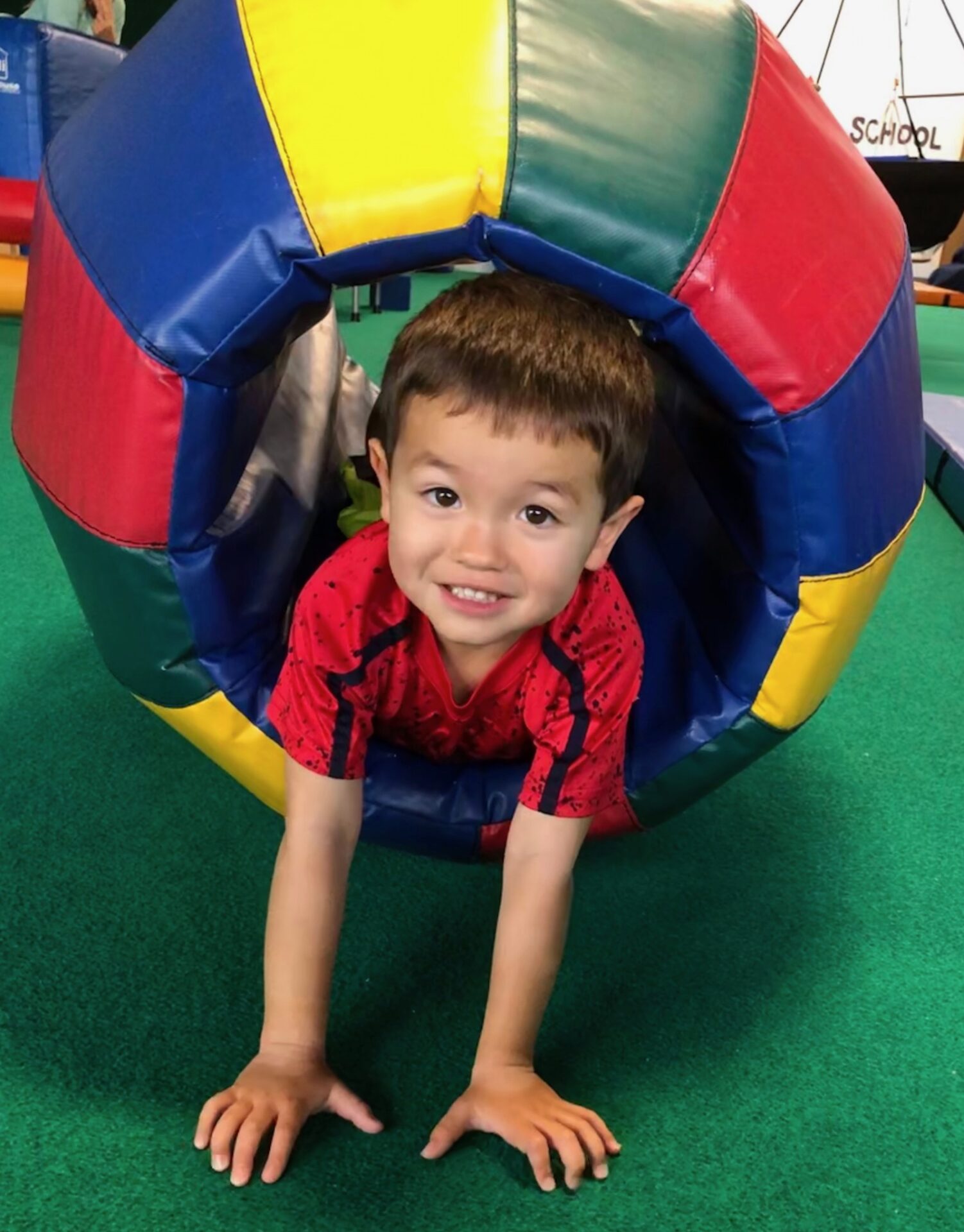Successful Classroom Set-up

Written on August 11, 2021
Classroom setup is more important than ever. A properly set-up room can increase focus, increase a student’s ability to sit still, and even decrease problem behaviors.
1. Less is best
The first step to a successful classroom is embracing “less is best”. A crowded classroom can cause over stimulation. This can cause challenges with attention or following directions. When too many visuals are placed on the walls of a classroom, students can become easily distracted. Start by simplifying the classroom. Use uniform colors. Place limited posters on the wall. If educational posters are a must, it is important to keep those areas defined by placing similar visuals together towards the back of the room.
2. Dynamic seating
Noticing students having challenges with sitting still? Alternative seating options provide an opportunity to increase self-regulation, attention, and productivity within the classroom. Offering flexible seating choices, allows teachers to enhance their learning environment while providing control and comfort for students. Here are a few dynamic seating options:
- wiggle seats
- stools
- wobble chairs
- cube chairs
- floor rockers
- bouncy bands
- bean bag chair
Besides utilizing dynamic seating options, it is important to make sure their current desk and chair fit. Make sure both feet can touch the ground. The desk height needs to allow their arms and hands to rest on top.
3. Organization
Another tip is maximizing organization. Organization is key within a classroom learning environment. Messy desks or a cluttered space causes difficulty focusing or turning work in on time. Desks should hold limited supplies and should be cleaned out regularly. Color coded folders for certain assignments or subjects can be utilized as a visual to increase task engagement, participation, and attention. Organizing the room in a way where students know where items are, by utilizing labels is a great way to assist with independence in the classroom.
4. Lighting
The next step to consider is utilizing natural lighting. Natural lighting has benefits for attention and task engagement. Bright fluorescent lights can cause distractibility, discomfort, and decreased regulation. If natural lighting is not an option, utilize a cozy shade or fluorescent light filters during classroom set up is a great way to enhance regulation within the learning environment.
5. Visual boundaries
Finally, the last recommendation is using visual boundaries within the classroom. Doing so can provide order and success within the learning environment. They are helpful for students who have difficulty with spatial awareness, eloping, or other difficult behaviors. Utilizing painters tape on the floor to set the boundaries for a play area or a reading space is a great way to help with task engagement and to decrease roaming around the room during center time.
If you notice a student or child who still has challenges with attention, self-regulation, or organization within the classroom even after implementing these strategies, BDI Playhouse offers free screenings and can help improve executive functioning skills, task engagement, and participation.
Written By: Kiersten Robertson, MOT, OTR/L
